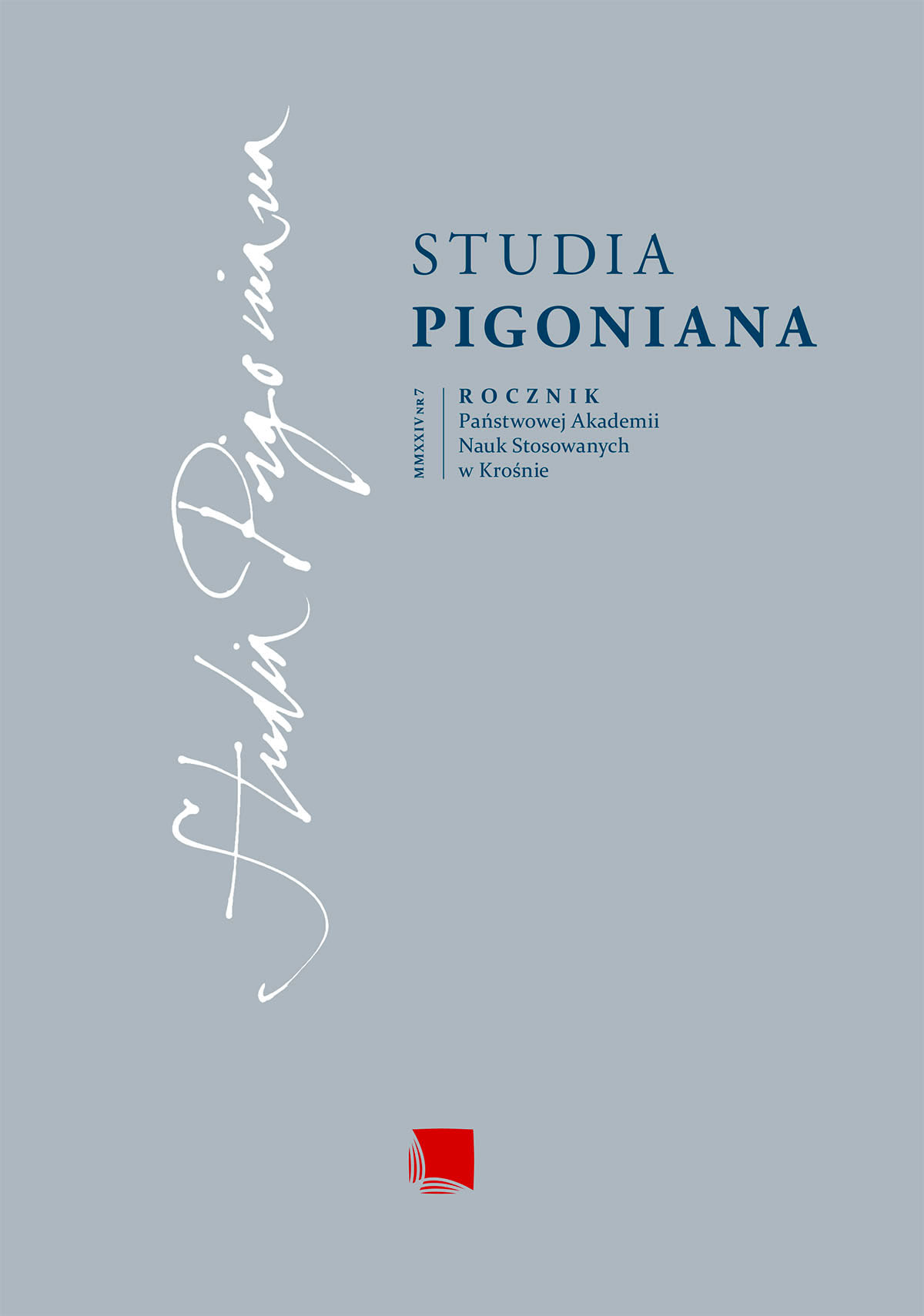Królowa Zofia Holszańska a drewniana architektura kościelna połowy XV wieku w ziemi sanockiej. Studium w sześćsetną rocznicę koronacji monarchini
Queen Sophia of Halshany and Wooden Church Architecture of the mid-15th Century in the Sanok Region. A Study on the Six Hundredth Anniversary of the Monarch’s Coronation
Author(s): Piotr ŁopatkiewiczSubject(s): History, Fine Arts / Performing Arts, Cultural history, Architecture, Local History / Microhistory, Middle Ages
Published by: Wydawnictwo Naukowe PIGONIANUM
Keywords: Sophia of Halshany; wooden church architecture; Sanok region; Domaradz; Haczów; Humniska; Krosno; Odrzykoń; Równe; Sanok; Targowiska; Mikołaj Pieniążek; Piotr Smolicki; Henryk Kamieniecki
Summary/Abstract: Frequent stays of Queen Sophia of Halshany in Sanok, especially after the death of Władysław Jagiełło (in particular in the years 1435-1461), resulted in the establishment of quite close contacts with the nobility of the Sanok area. Many representatives of the middle nobility appeared in the surroundings of the monarch at the Sanok castle, gave her financial loans, made efforts to obtain land grants and offices. The main aim of the article became an attempt to demonstrate that the dynamic building action in the field of wooden church architecture in the western part of the Sanok area, undertaken especially in the fifth and sixth decades of the 15th century, may have been inspired by Queen Sophia of Halshany re-siding in Sanok at that time. Among the founders of churches from that period, we can indicate mainly people from the close environment of the monarch, above all the Bishop of Przemyśl, Piotr Chrząstowski, and representatives of the wealthy knighthood, connected with the queen by numerous ties of dependence, holding land offices in the Sanok area. Perhaps a key role in these architectural foundations was played by Mikołaj Pieniążek of Witowice, the then staroste of Sanok. The Queen was also supported in these activities by representatives of the wealthy knights of the Sanok area, such as: Piotr Smolicki, Henryk Kamienicki, Jerzy Humnicki and the brothers Jakub and Jan of Kobylany. It is impossible to prove today what the Queen’s actual participation in these undertakings was. How-ever, the observation about the role of the Sanok court of the queen in inspiring and initiating the building action in the field of wooden sacred architecture in the Sanok area, formulated here for the first time, seems nevertheless quite valid, although it will certainly require further research in the fu-ture.
Journal: Studia Pigoniana
- Issue Year: 7/2024
- Issue No: 7
- Page Range: 105-128
- Page Count: 24
- Language: English, Polish

